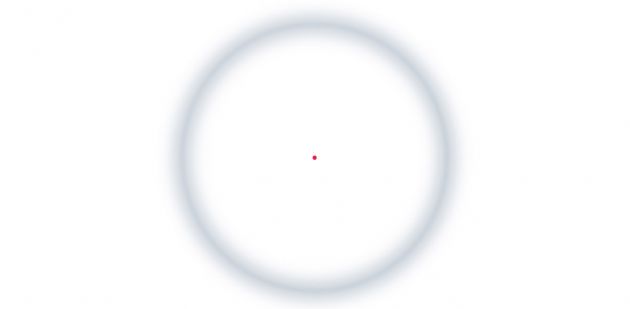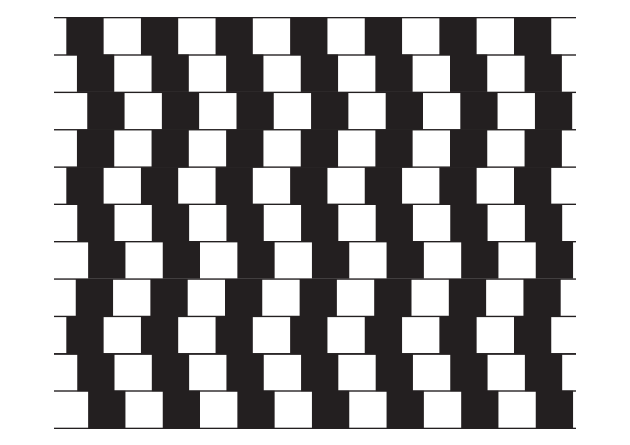Some phenomena completely disrupt our perception of what we see, hear or feel. Here are some examples to test well-known optical, auditory and gustatory illusions.

Fixate on the central point in the image. After a few seconds, the circle around it seems to fade away. This is the Troxler effect, or Troxler’s fading, named after the Swiss physician Ignaz Paul Vital Troxler, who was born in the 18th century. The explanation for this optical illusion
can be found in the retina. This nervous tissue at the back of the eye captures light stimuli that strike its photoreceptor
cells (rods and cones) and sends them to the optic nerve, which in turn transmits them to the visual cortex. The brain then interprets sensory input to “build” vision.
Photoreceptors always signal a change. To stimulate them, the eye is constantly but imperceptibly moving, with sometimes extremely rapid oscillatory movements. “If the receptors are no longer stimulated, and the image is stabilised on the retina, it disappears completely,” indicates Daniel Kiper, a researcher at the Institute of Neuroinformatics at the University and ETH Zurich. The neurons in peripheral area of the retina require larger movement to be stimulated than those in the centre, which produces the Troxler effect. “When fixating on a stimulus, eye movements become smaller and are no longer large enough to stimulate the peripheral receptors and send the image of the circle to the brain.” Daniel Kiper points out that the cortex is involved when the circle is replaced
by the background colour. “As the brain no longer receives information from the retina, it fills in the space with what that it finds in the rest of the image.” How does that work? “We don’t know. It’s very mysterious.” The thinner, fainter, blurrier the surrounding circle is, or the further from the fixation point, the stronger the Troxler effect.

This optical illusion makes straight parallel lines look like curves. The columns of dark and light squares are slightly staggered in each row, forming a curve. For the illusion to work, each “brick” needs to be surrounded by “mortar”, that is, an intermediate shade between the light and dark colours. This phenomenon was first described by Dr. Richard Gregory after he observed it on a wall outside a café in Bristol, United Kingdom.

Discovered more than one century ago, the Hermann grid illusion causes the viewer to see grey patches between the black squares. The effect is the result of an optical process called retinal lateral inhibition, which increases the contrast between the light and dark areas.
This phenomenon occurs when our eyes tell our ears what they should hear. If you see a person whispering the syllable “va”, but a recording pronounces “ba”, you will probably hear “va”. This is one of the first examples of sensory interaction described by British psychologist Harry McGurk in 1976.
The phi phenomenon takes place every time you watch a film. Images are projected one after the other, but you do not perceive them as fixed, separate images. This is explained by a brain mechanism. When the retina sees an image, an “afterimage” persists in the brain for a fraction of a second. During this time, all it takes is for the eye to see a second, slightly different image for the brain to automatically link the first image, which is retained in the memory. That is how motion is perceived in film.
Oxford University researchers have found that red cutlery tends to limit food intake. “Red could, for example, be used to serve food to people who need to reduce their food intake, but should certainly not be used for those who are underweight,” says the study published in the journal Flavour in June 2013.